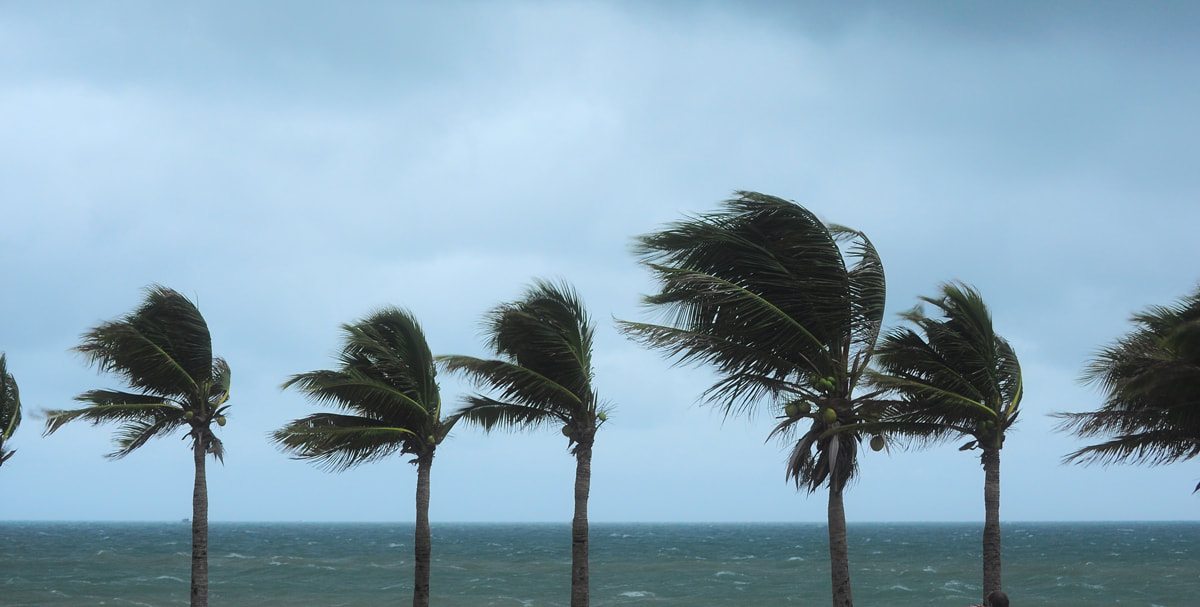4 Ways High Winds Can Damage Your Roofing

Most roofing materials, including ordinary asphalt shingles, are rated for substantial wind resistance and can be relied on for many years of good service. But sometimes even the best materials can be damaged by severe storms or hurricane force winds.Most shingles can withstand winds of 90 mph or more, but some damage may begin in winds as “low” as 50 mph. Anytime you’ve gone through a good, strong wind, it’s wise to get out and walk around the house to survey the roofing for any damage.Besides forcing its way below shingle tabs or flashing, extreme wind may also drive rain into any cracks or entry points, or whip any loose shingles back and forth violently. Wind tends to hit the corners of a roof and the ridges especially hard – so consider having a local contractor inspect your roof after a major storm.5 Common Roof Repair Needs Caused By Wind
While there are numerous minute ways we could list in which wind may do damage to a roof, here are the “top 4” you should be on the lookout for:1. Blown-off Shingles
It’s not hard to notice a missing shingle, even from the ground, in most cases. But a chink in the armor like that poses a major risk of a leak.
Wind can get under a shingle on one end, pry it up with “suction power,” break loose from the nails fastening it to the roof deck, and go flying off into your backyard. Or, the shingle might break midway and only half of it blow off.
2. Damaged Or Loosened Shingles
In many cases, you can’t tell that a shingle has been “lifted” without an on-roof, close-up examination. But walking on roofs isn’t for everybody, so don’t hesitate to call in the pros!
The seal between a shingle and the one it overlaps may be broken. The shingle might be very loosely held by a partly pulled out nail. Or, shingles may even be dangling by a corner, ready to fall off.
Finally, you might also get curled shingles. This is where wind pushes a shingle inward without lifting it much, resulting in “bubbles” or “curls.” Needless to say, such shingles as that are likely to crack later on and can’t act as an adequate leak-guard.
3. Punctures In The Roofing/Roof
When wind picks up debris or tree branches and rolls them across your roofing at high speeds, you may end up needing a roof repair. There is often more serious damage caused by wind-borne debris than by the wind itself. Punctures in the roof and/or roofing and chips and gauges out of random shingles may be the result.
4. Flashing/Gutter Damage
Winds can also move flashing out of place, break the caulk seal holding it to a chimney or brick wall, or loosen gutters and downspouts. Also, look for granules blown off of your shingles that end up filling your gutters.
If you have, or may have, suffered wind damage to your roof, do not hesitate to make the necessary repairs. In Central Florida, contact Sheegog Contracting today for expert roof repair services!


